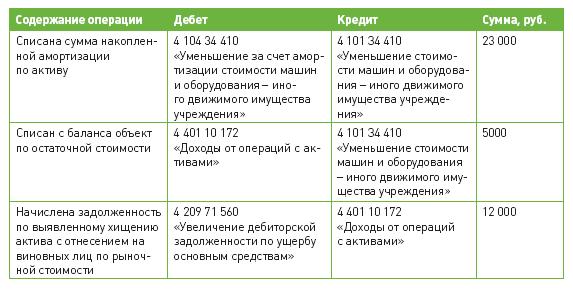
Vaslj Bika Nezagojnaya Rana Sachinenne
खस/खसिया/पर्वतिया/पर्वते/पहाडी Regions with significant populations Languages and regional dialects (e.g. ) in; and in, dialects in Religion Related ethnic groups,,, Khas people (: खस) also called Khas Arya (: खस आर्य) are an native to the, what is now present-day as well as, and regions of. The Khas people speak the. They were also known as Parbatiyas, Parbates and Paharis. The term Khas has now become obsolete, as the Khas people have adopted other identities such as and, because of the negative stereotypes associated with the term Khas. Contents • • • • • • • • • • • • • • • • Origin [ ] They have been connected to the mentioned in the ancient Hindu literature.
Bika's name was attached to the city he built and to the state of Bikaner ('the settlement of Bika') that he established. Abdul Rehman Rana - Pakistani former. Rana Niejta is the goddess for spring and fertility. The literal translation of the name Rana is «the green» or «the green, fertile fields». The name Rana Niejta can freely be translated as «the daughter of earth». According to Sami mythology, she made the mountains turned southwards green, so that hungry reindeer had enough food.
Historian Bal Krishna Sharma and speculates that the Khas people were of. Historian speculates that Khas are a sub-clan of Aiḍa, an clan originated at Idavritt (modern day ).
Khas were living in the Idavaritt in the 3rd millennium B.C.E. And the original meaning of the term Khas was or ( Yoddha). He further speculates that Kashmir has been named from its local residents Khas as Khasmir. In the 2nd millennium B.C.E., one group of Khas migrated towards while the other group migrated east of settling only in the hill regions up to. Historian Balkrishna Pokhrel contends that Khas were not the but of latter period like the,,,. He further asserts that post-Vedic Aryans were akin to Vedic Aryans in terms of and culture.
Khas girl in 1900s Khas are believed to have arrived in the western reaches of Nepal at the beginning of first-millennium B.C. Or middle of first-millennium A.D. Gstarcad keygen chomikuj muzyka. From the north-west. It is likely that they absorbed people from different ethnic groups during this immigration.
They have been connected to the medieval. In the initial phase, majority of Khas people became and others became. Traditionally, the Khas were divided into 'Khas ' (also called ) and 'Khas ' (also called ). In the and regions of Uttarakhand in India, the Khas Brahmins and Khas Rajputs had a lower social status than the other Brahmins and Rajputs. However, in present-day western Nepal, they had the same status as the other Brahmins and Rajputs, possibly as a result of their political power in the Khasa Malla kingdom. Copper Inscription by King of, Raika Mandhata Shahi at 1612 (शाके १६१२) (or 1747 ) in old using script Until the 19th century, the referred to their country as Khas Desh (Khas country).
As they annexed the various neighbouring countries (such as Newar of the ) to the Gorkha kingdom, the terms such as Khas and Newar ceased to be used as the names of countries. The 1854 legal code ( Muluki Ain), promulgated by the Nepali Prime Minister, himself a Khas, no longer referred to Khas as a country, rather as a (species or community) within the Gorkha kingdom. The of the Gorkha Kingdom, as well as the succeeding, spoke the (now called the Nepali language). However, they claimed to be Rajputs of western Indian origin, rather than the native Khas Kshatriyas. Since outside Nepal, the Khas social status was seen as inferior to that of the Rajputs, the rulers started describing themselves as natives of the Hill country, rather than that of the Khas country. Most people, however, considered the terms Khas and Parbatiya ( Pahari or Hill people) as synonymous. Jung Bahadur also re-labeled the Khas jāt as in present-day Nepal.